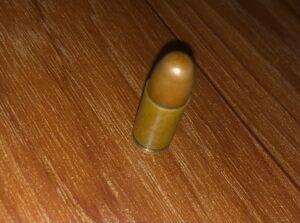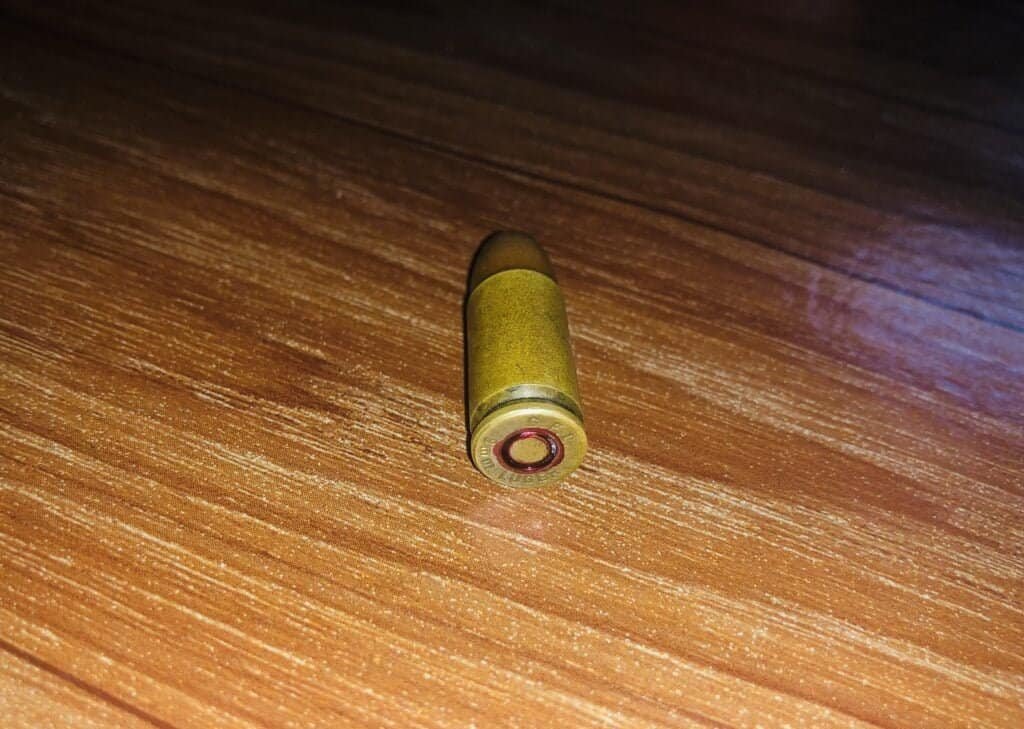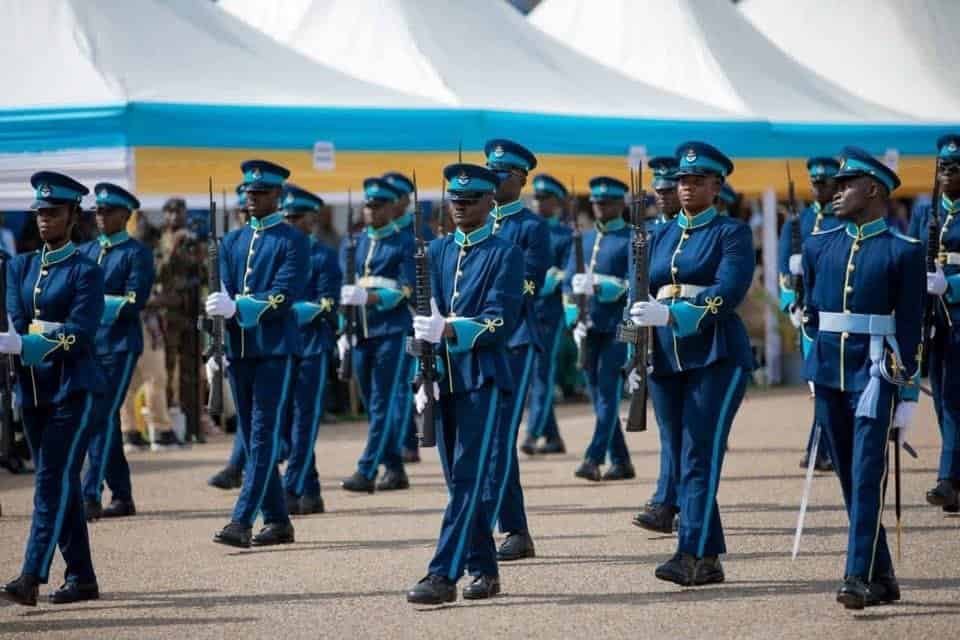Bullet in the Gun :An In-Depth Look at Firearm Ammunition
The bullet is a small but crucial component of a firearm, serving as the projectile expelled from the gun barrel when fired. Understanding bullets is essential for both firearm enthusiasts and those interested in firearm safety and legislation. In this article, we will delve into the various aspects of bullets, including their composition, types, and the role they play in firearms.
I. Composition of a Bullet:
A load, in its simplest form, consists of three main components:
• Projectile: The actual pellet is typically made of lead or a lead alloy, although some modern variations may incorporate materials like copper, steel, or polymer. The bullet’s shape and weight influence its trajectory and impact on the target.
• Casing: The ball is housed in a cartridge case, usually made of brass. The casing serves multiple functions, including containing the gunpowder and providing a seal to prevent gas leakage during firing.
• Propellant: Gunpowder or smokeless powder fills the casing and serves as the propellant. When ignited, it rapidly burns, generating high-pressure gas that propels the metal ball down the gun barrel.

II. Types of Bullets:
There is a wide variety of metallic ball types designed for specific purposes. Some common types include:
• Full Metal Jacket (FMJ): FMJ have a soft lead core encased in a harder metal, typically copper. They are known for their penetration capabilities and are commonly used by the military and for target shooting.
• Hollow Point (HP): HP have a concave tip designed to expand upon impact, creating a larger wound channel. They are favored for self-defense due to their stopping power while minimizing over-penetration.
• Soft Point (SP): SP have a soft lead tip exposed at the nose, which expands upon impact, making them suitable for hunting as they transfer more energy to the target.
• Ballistic Tip: These bullets have a plastic tip over a lead core, designed for improved accuracy and expansion upon impact, making them popular among hunters.
• Frangible Bullets: Frangible are designed to break apart upon impact, reducing the risk of over-penetration and collateral damage. They are used in shooting sports and close-quarters self-defense.
III. Bullet Caliber:
The caliber refers to the diameter of the metal ball, typically measured in inches or millimeters. Common calibers include .22, 9mm, .45 ACP, and .223. The caliber determines the bullet’s size and, to some extent, its intended use. Larger calibers are generally associated with more stopping power.
IV. Ballistics:
Ballistics involve factors such as trajectory, velocity, and accuracy. These characteristics depend on its design, weight, and the firearm used. Understanding ballistics is essential for marksmanship and effective use of firearms.

https://en.m.wikipedia.org/wiki/Bullet
V. Legal and Ethical Considerations:
Ownership, possession, and use of firearms and ammunition are subject to strict legal regulations and ethical considerations. It is vital for individuals to be well-informed about local laws and safety measures when handling firearms and ammunition.
The ball are integral components of firearms, and understanding their composition, types, and ballistics is essential for responsible firearm ownership and usage. Whether for self-defense, sport, or hunting, choosing the right bullet for the task at hand is crucial to ensuring safety and achieving desired outcomes. Additionally, compliance with legal regulations and ethical principles is of paramount importance in the world of firearms and ammunition.









